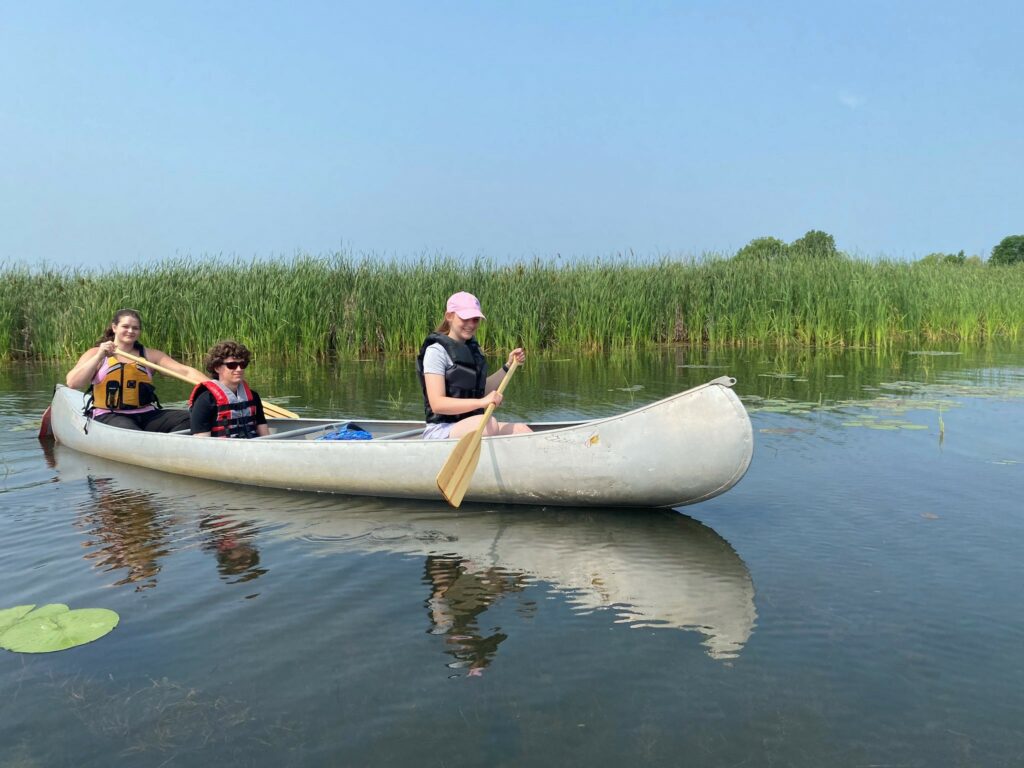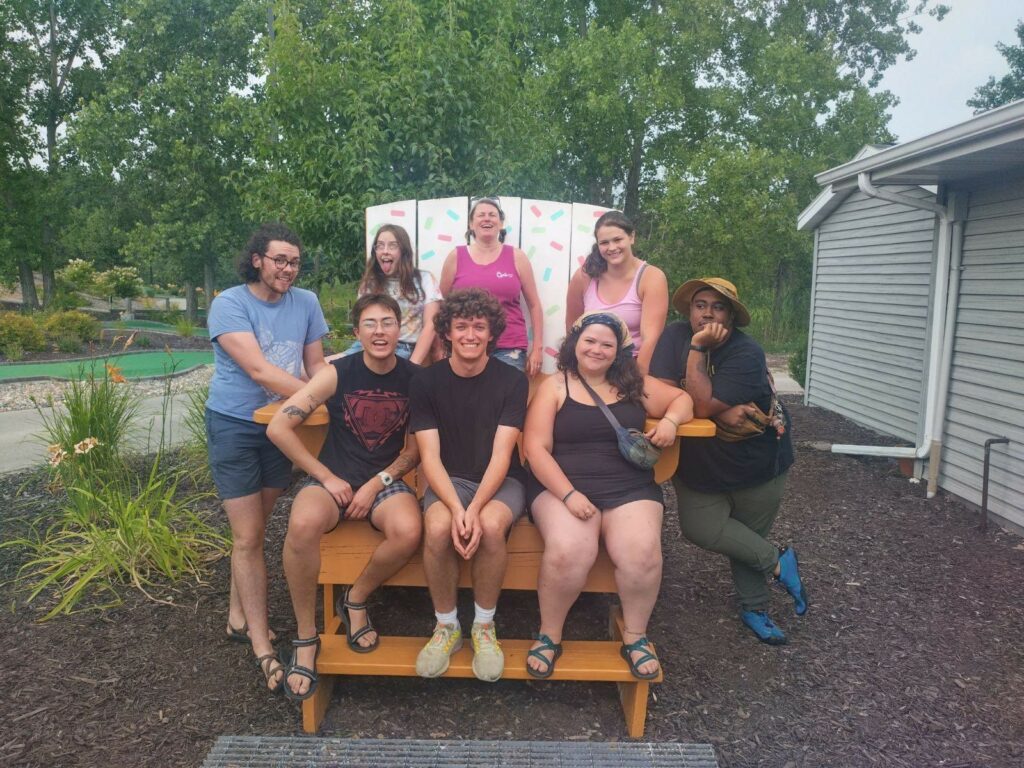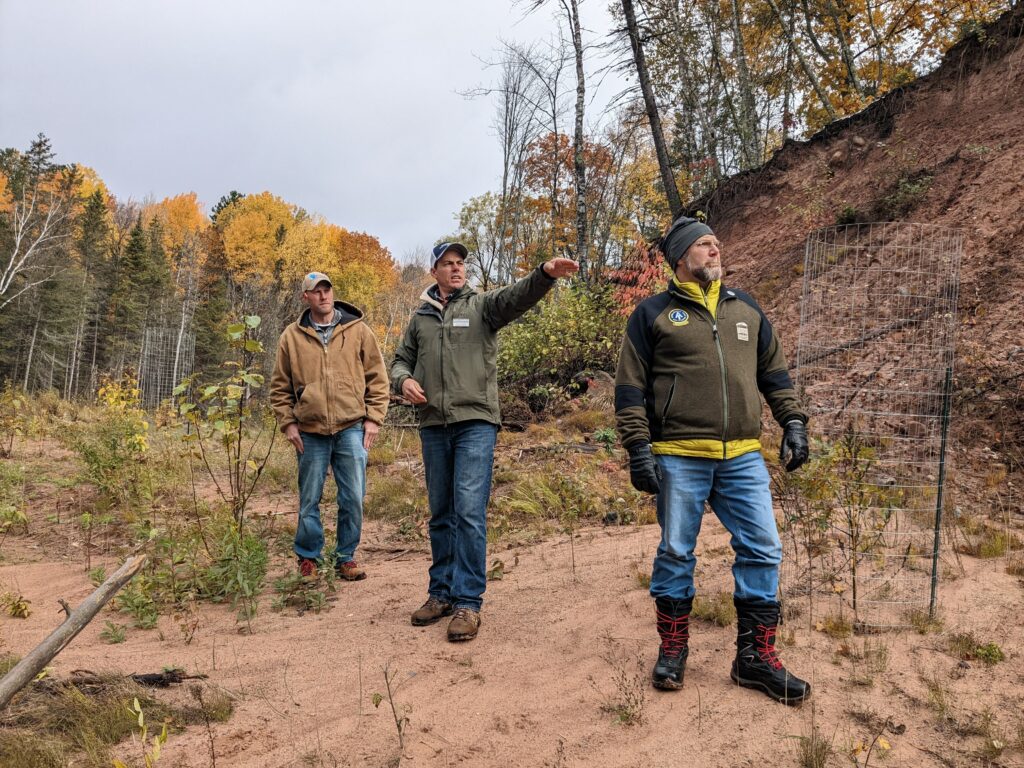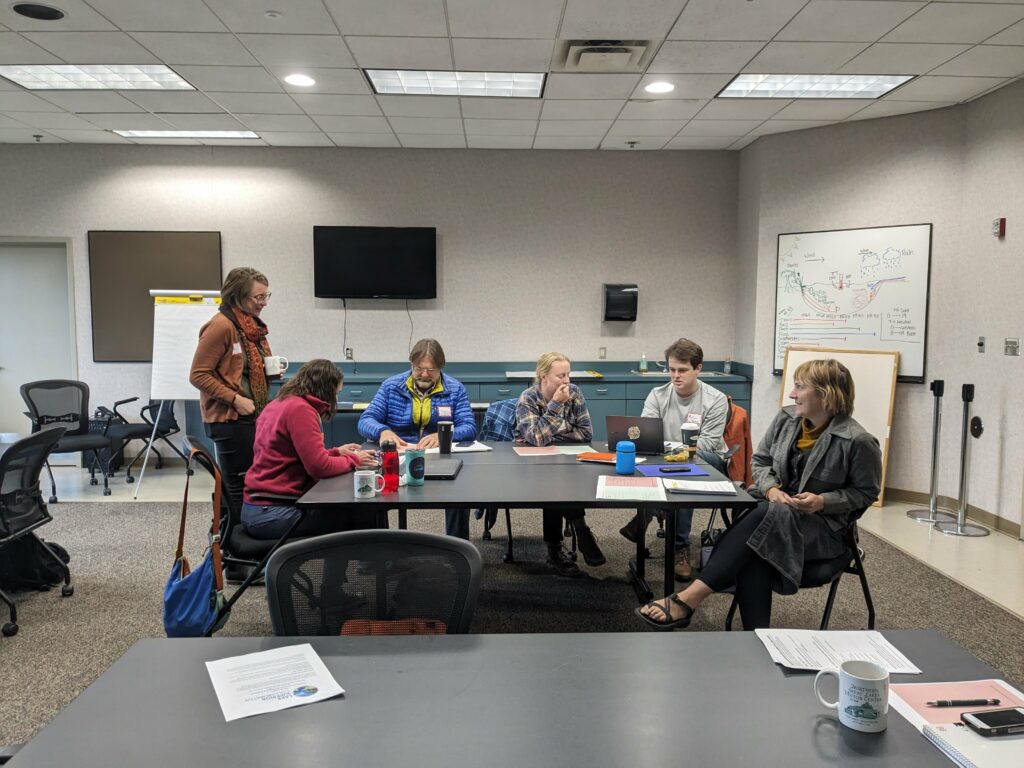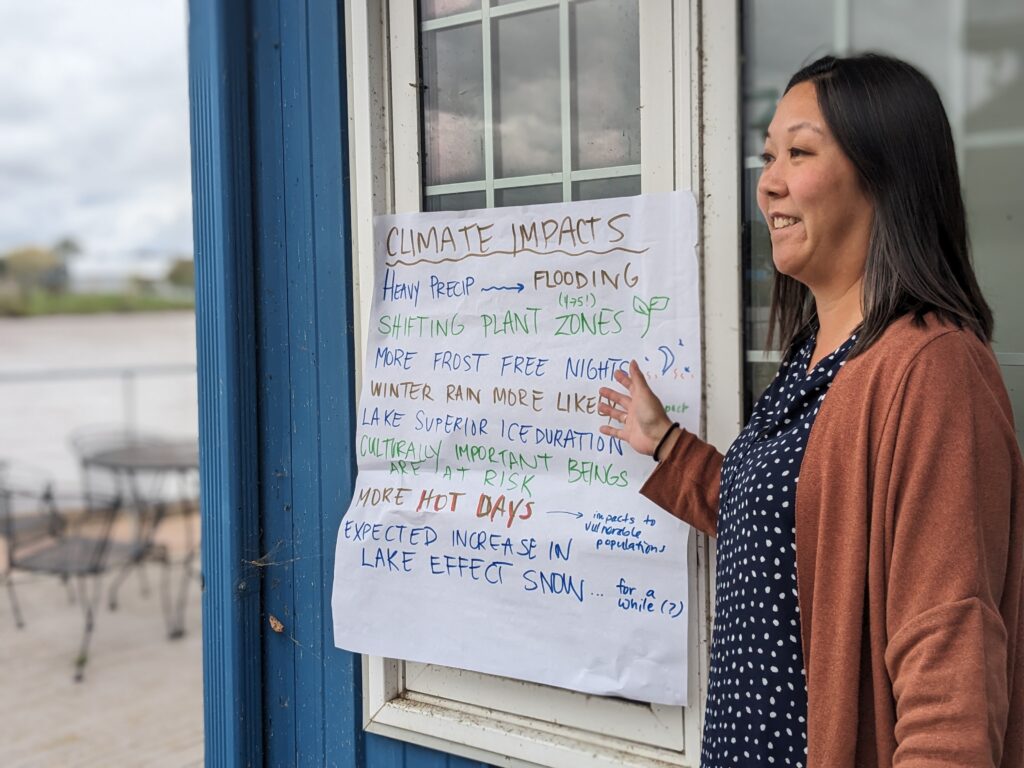Defense Department to again target ‘forever chemicals’ contamination near Michigan military base

By Todd Richmond, Associated Press
The U.S. Department of Defense plans to install two more groundwater treatment systems at a former Michigan military base to control contamination from so-called forever chemicals, U.S. Rep. Elissa Slotkin’s office announced Friday.
Environmentalists say the systems will help prevent PFAS from spreading into the Clarks Marsh area and the Au Sable River near the former Wurtsmith Air Force Base in Oscoda on the shores of Lake Huron.
Great Lakes Now
https://www.greatlakesnow.org/2024/01/ap-defense-department-to-again-target-forever-chemicals-contamination-near-michigan-military-base/


